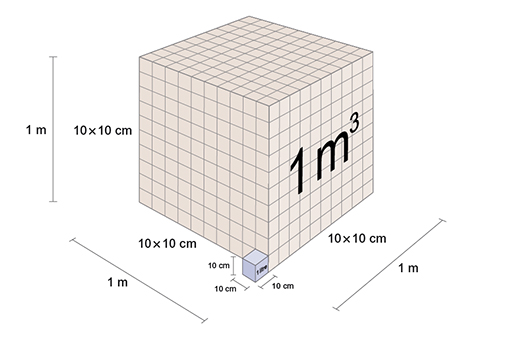3.2 Plastics and transport fuel
Oil is all around us, whether you realise it or not. You will now look at some of the everyday uses for oil.
Plastics
Looking around Marcus’s desk in Figure 3.1, the pervasion of oil products really comes to life. His water bottle, screen, keyboard, telephone, pens, stickers, headphones, laminated desktop, book covers, coaster, key fobs and picture frame are all made of, or contain a significant amount of plastic.
Plastics are all (or at least, almost all – some of you may be lucky enough to have bioplastics around you) made from oil derivatives. It isn’t just Marcus’s desk either, he wears shirts made of a cotton–polyester blend, and shoes that have a sole made of synthetic rubber, another oil product. ‘Embedded’ in all of those products is the oil used to transport the products to market, and to transport the components from production to manufacture site.
For example, his shirt was manufactured in Bangladesh, and although the cotton may not be directly made from petroleum (unlike the 92% polyester), it would most likely have been imported to Bangladesh using oil-based fuels and, inevitably, the shirt had to be transported from Bangladesh to his house in Warwickshire.
Transport fuel
One of the most obvious uses for oil is as a transport fuel. Purified and transformed into gasoline, it powers our cars, buses, planes and (some) trains. In a Western country like the UK, a huge amount of oil is used for transport every single day. In 2015, the UK consumed 48,427,000 tonnes of oil for transport. It’s difficult to get a handle on big numbers like that, so let’s break that down a little. Crude oil has a density of around 870 kg/m3, and a tonne is 1000 kg, so that 48,427,000 tonnes is about 55.7 million m3 of oil. One cubic metre of oil is the same as 1000 litres of oil.
So, in 2015 the UK consumed 55.7 billion litres of oil. There were 64.5 million people in the UK in 2015, so each person in the UK, on average, used something like 863.6 litres of oil, or 2.4 litres a day.
If you include non-transport use (in the UK that’s mainly domestic heating and industrial use, and plastic manufacture), then it works out as about 3 litres per person per day.
So, in a Western country like the UK, you’ll likely consume as much oil as water every single day.
The prevalence of ‘embedded’ oil in imported products (how many of the plastics around you right now say ‘Made in China’ on them?) means that even for a country like the UK where excellent statistical information on oil consumption [Tip: hold Ctrl and click a link to open it in a new tab. (Hide tip)] is easily available, it’s almost impossible to truly know how much oil we consume in the West.


